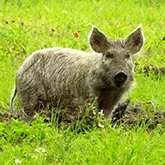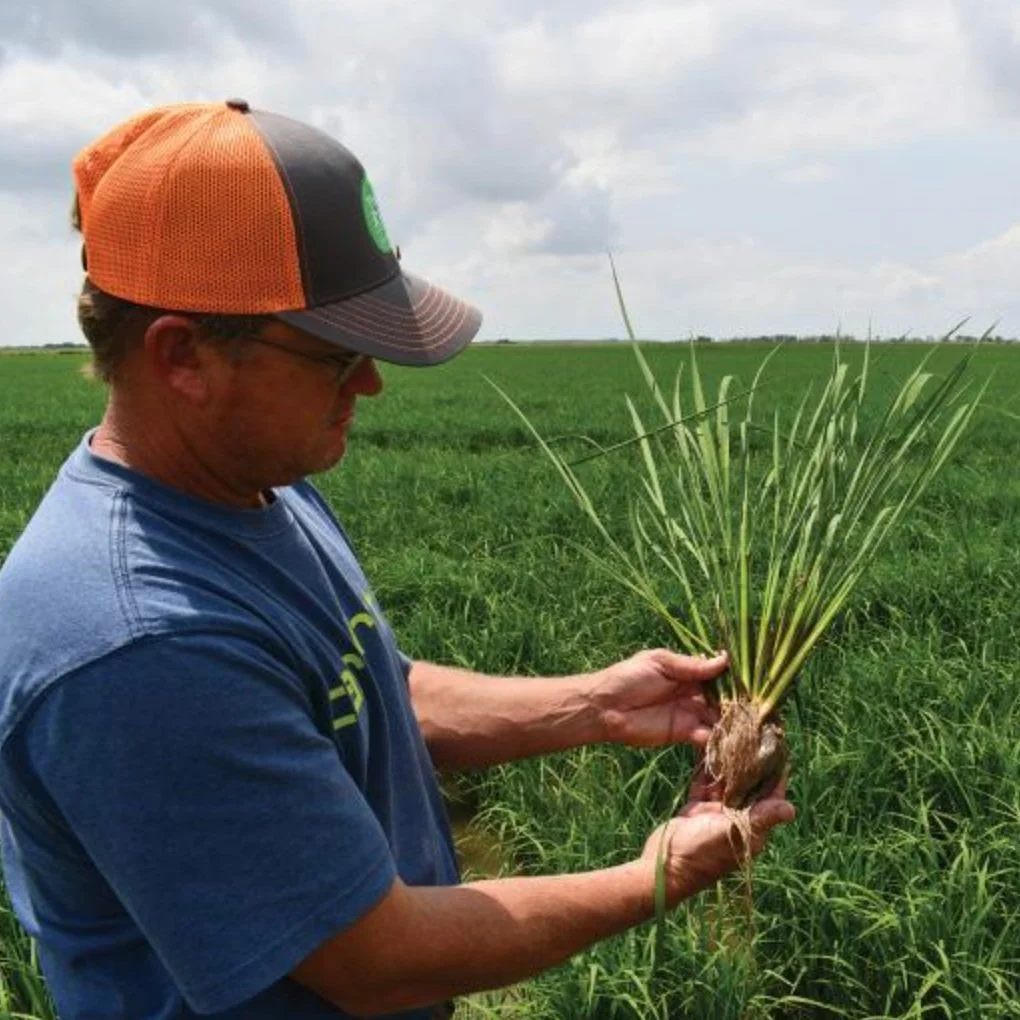Last week, the Louisiana Farm Bureau (LAFB) gathered for their annual convention in New Orleans, celebrating the organization’s 100th anniversary, a milestone as notable as the program itself.
The LAFB Rice Advisory Board meeting was led by Chair Allen McLain, with a full agenda of speakers presenting on topics from every aspect of the Louisiana and U.S. rice industry.
The development of improved rice varieties has been a primary goal of the LSU AgCenter H. Rouse Caffey Rice Research Station over the past 100 years. The research station has released more than 50 new varieties, and approximately 70% of Louisiana’s rice acreage is grown with the varieties developed by the AgCenter.
Read MoreIn 2022, the H. Rouse Caffey Rice Research Station Rice Breeding Program has advanced three rice varieties that will soon be commercially available for Gulf Coast producers to add to their repertoires.
Read MoreLSU AgCenter rice researchers are once again inviting producers and industry professionals to the H. Rouse Caffey Rice Research Station for its annual field day to be held here on Wednesday, June 29.
Read MoreThe LSU AgCenter Rice Verification Program is in its 25th year of interpreting research data from the H. Rouse Caffey Rice Research Station and applying it to rice growing locations throughout the state.
Read MoreThe U.S. Department of Agriculture (USDA) National Agricultural Statistics Service in cooperation with the USDA Animal and Plant Health Inspection Service (APHIS) - Wildlife Services, is conducting a Feral Swine Damage survey to measure the costs of feral swine damage to crop producers growing corn, soybeans, wheat, rice, peanuts, and sorghum in the states of Alabama, Arkansas, California, Florida, Georgia, Louisiana, Mississippi, Missouri, North Carolina, South Carolina, and Texas.
Read MoreUSA Rice extends condolences to the family and friends of Charles (Charlie) Nelson Bollich, who passed away on June 16. He was 95.
Read MoreAs more Gulf Coast consumers learn of the potential benefits of locally grown high-protein, low-glycemic index rice, researchers at the LSU AgCenter’s H. Rouse Caffey Rice Research Station are expanding efforts to develop cultivars with even greater nutritional advantages.
Read MoreIt’s no secret U.S. rice farmers are struggling, trying to maintain or increase yields while keeping production costs as low as possible until higher prices arrive at some point in the, hopefully, not-too-distant future.
Read MoreRiceBran Technologies earlier this month began a capacity expansion project at its core stabilized rice bran (SRB) facility in Mermentau, Louisiana. According to the company, the added capacity will allow RiceBran to meet growing demand for North American-sourced ingredients for the companion animal market.
Read MoreWeed scientists with the LSU AgCenter are focusing on a pair of herbicides as promising products to control broadleaf weeds and sedge in rice fields.
Read MoreThe latest episode of The Rice Stuff podcast gives a behind-the-scenes look at how the Clearfield and Provisia technologies revolutionized U.S. rice from two people who helped develop them: Dr. Eric Webster, director of the University of Wyoming Agricultural Experiment Station, and Dr. Steve Linscombe, director of the Rice Foundation and USA Rice’s Leadership Class Program.
Read MoreWhen not growing rice, Paul Johnson uses crawfish farming and waterfowl hunting to round out his family farming operation. His wife and kids are an integral part of the business and lifestyle, in which they are active participants.
Read MoreThe Philippines is the eighth largest market for U.S. agricultural exports and the top market in Southeast Asia. Already a longstanding and reliable trading partner, the Philippines continues to offer many opportunities for exporters because of its young and growing population and rising household income.
Read MoreFrom the latest news about top performing Provisia and Clearfield rice varieties to updates from industry leaders, the annual Horizon Ag Louisiana Field Day is the place for farmers looking to stay on top of production challenges while seeking higher yields, better milling quality and more return on their investment.
Read More














